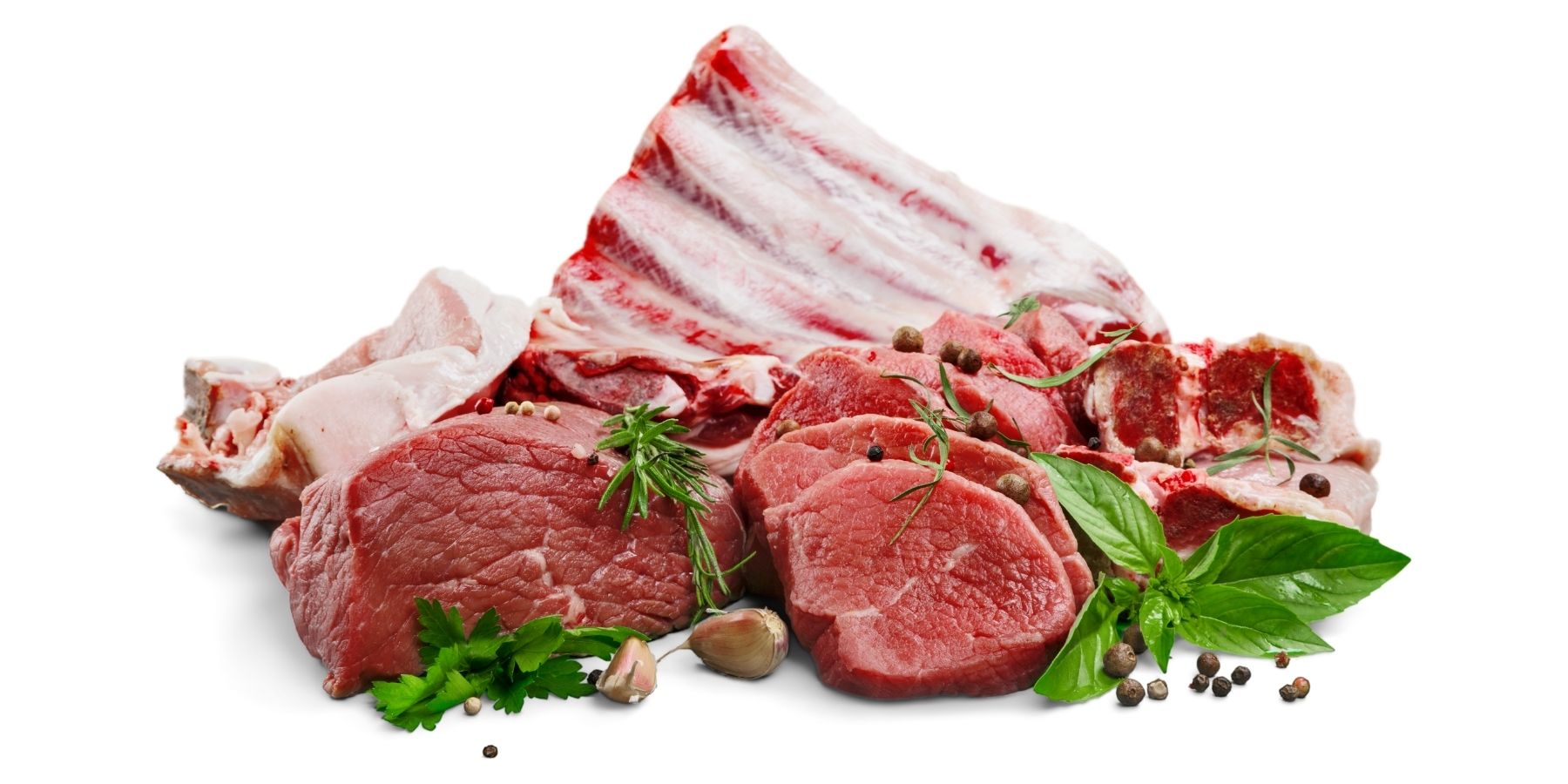When it comes to storing meat, temperature plays a crucial role in determining its freshness and safety. Understanding at what temperature meat begins to spoil is essential for anyone who handles, cooks, or stores meat. This knowledge helps prevent foodborne illnesses and ensures that the meat you consume is safe and of good quality. Let’s explore the temperature ranges critical to meat safety and preservation.
The Danger Zone
The ‘Danger Zone’ is a term used by food safety experts to describe the temperature range in which bacteria that cause foodborne illness can rapidly grow. This range is between 40°F and 140°F (4°C and 60°C). Meat left at these temperatures for too long can spoil and become unsafe to eat.
Refrigeration and Freezing
Refrigeration (Below 40°F or 4°C)
Refrigeration slows down bacterial growth but does not stop it completely. Keeping meat at temperatures below 40°F (4°C) is crucial to prolong its freshness. However, even refrigerated meat has a limited shelf life and should be consumed or frozen before it spoils.
Freezing (Below 0°F or -18°C)
Freezing meat stops bacterial growth, effectively preventing spoilage. Meat can be stored indefinitely at 0°F (-18°C) or lower, but for the best quality, it should be used within recommended time frames.
Factors Influencing Meat Spoilage
1. Type of Meat
Different types of meat have varying spoilage rates. For example, ground meat spoils faster than whole cuts due to its larger surface area exposed to bacteria.
2. Packaging
Proper packaging can reduce exposure to air and bacteria, thus slowing down spoilage. Vacuum-sealed packaging is particularly effective.
3. Handling Practices
The way meat is handled, from the store to your home, can affect its shelf life. Cross-contamination, improper storage, and exposure to fluctuating temperatures can accelerate spoilage.
Signs of Spoilage
Odor: Spoiled meat often has a sour or unpleasant smell.
Texture: A slimy or sticky surface is a sign of spoilage.
Color: Discoloration can indicate spoilage, though color changes can also occur due to oxidation.
Cooking Meat Safely
Even if meat has been stored correctly, it’s important to cook it to the right temperature to ensure it’s safe to eat. Here are the recommended internal temperatures for different types of meat:
Poultry: 165°F (74°C)
Ground Meats: 160°F (71°C)
Beef, Pork, Lamb (whole cuts): 145°F (63°C), followed by a 3-minute rest time
Preventing Meat Spoilage
1. Store at Safe Temperatures
Refrigerate or freeze meat promptly.
Do not leave meat out at room temperature for more than 2 hours (1 hour if the temperature is above 90°F or 32°C).
2. Practice Good Hygiene
Wash hands, utensils, and surfaces before and after handling meat.
Avoid cross-contamination by using separate cutting boards for meat and other foods.
3. Monitor Shelf Life
Pay attention to “use-by” dates.
Use or freeze fresh meat within a few days of purchase.
4. Thaw Safely
Thaw meat in the refrigerator, cold water (in a sealed bag), or microwave, not on the countertop.
Conclusion
Understanding the temperature at which meat spoils is key to ensuring food safety. By storing meat at the correct temperatures and following safe handling practices, you can minimize the risk of foodborne illnesses and waste due to spoilage.
Always refrigerate or freeze meat promptly, cook it to the recommended internal temperature by using a meat thermometer to check, and practice good kitchen hygiene to keep your meat safe and fresh.

